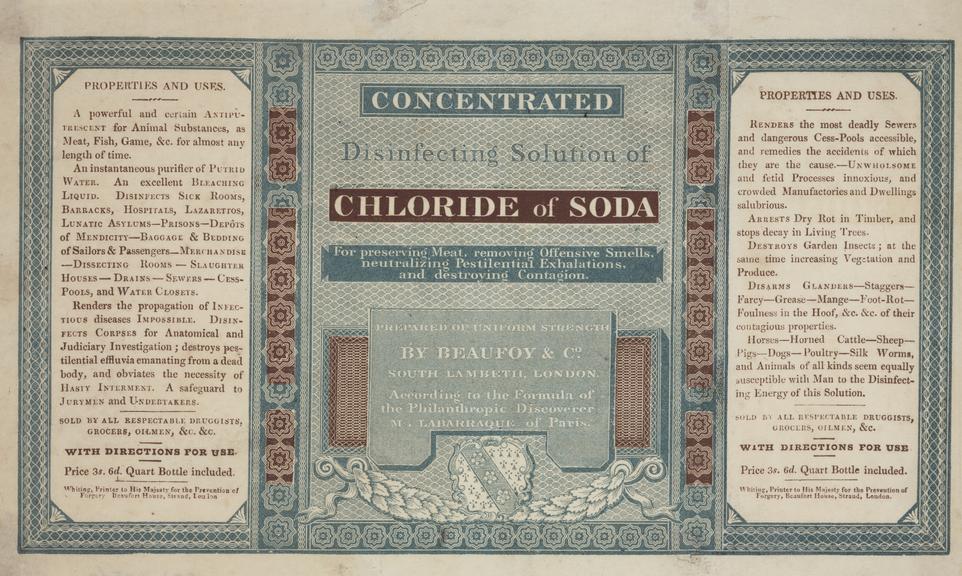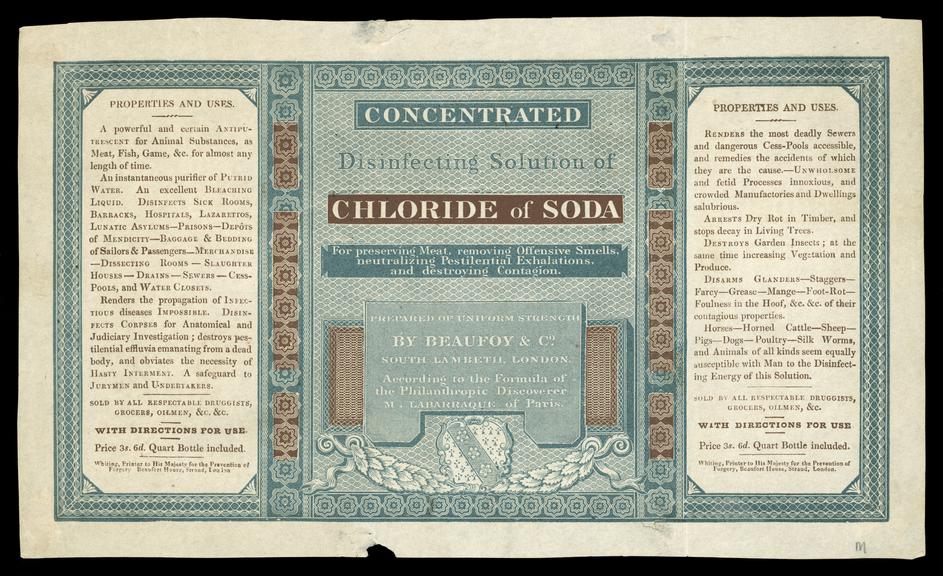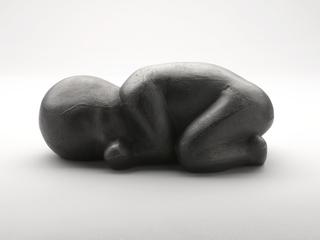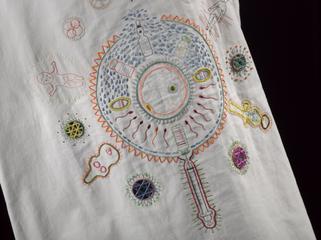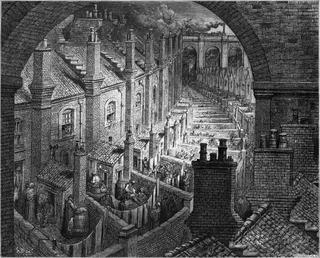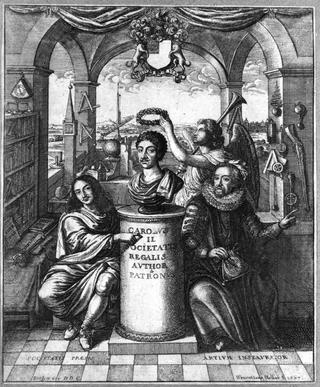
Label for 'Concentrated Disinfecting Solution of Chloride of Soda', London, England, 1822-1829
- maker:
- Whiting, James




Trade card. Label for a bottle. block engraving (blue and brown )with letterpress. Concentrated Disinfecting Solution of Chloride of Soda. Beaufoy & Co., South Lambeth, London. according to the formula of M. Labarraque of Paris. For preserving meat, removing offensive smells. neutralizing Pestilential Exhalations. and destroying contagion. Directions for use. printed by Whiting, Beaufort House, Strand, [London] n.d. [c1820] 15.8 x 26.8 cm (Calv. 4)
This solution was sold as a disinfectant with a wide range of applications, such as preventing meat and fish from rotting, purifying water, and disinfecting sick rooms, clothing, toilets and hospitals – even slaughter houses, dissecting rooms and “lunatic asylums”. It promises to “render the propagation of infection IMPOSSIBLE”. Prominence is also given to its positive effects on the “most deadly sewers and dangerous cess-pools”. At a time when many thought the source of disease was foul smelling air – so-called ‘miasmas’ – this would have been marketed as a valued protector of health.
The label notes that the solution is made “according to the Formula of the Philanthropic Discoverer M. Labarraque of Paris”. Antoine-Germain Labarraque (1777-1850) was a French chemist and pharmacist who introduced a solution of sodium chloride and chlorine gas around 1820. This disinfectant remained popular until the turn of the 1900s and the label represents an early example of his product.

